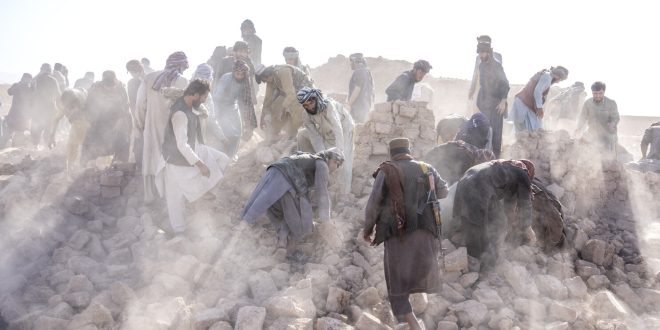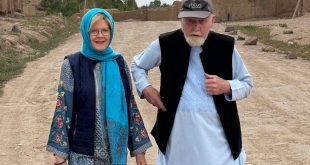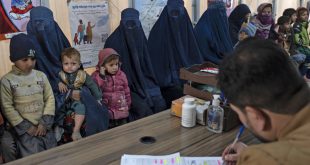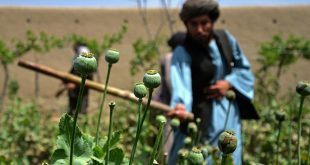AT News
KABUL – Afghanistan’s emergency response has been severely hampered by successive earthquakes and storms, leaving countless families devastated and in dire need of aid. The latest of four earthquakes, striking Herat province, have left nearly 20,000 people across six Afghan districts and 30 new villages in crisis. Tragically, the death toll from these natural disasters has already reached 2,000.
The situation in Afghanistan was already fragile due to the financial collapse following the Taliban’s takeover in August 2021. This instability has made it incredibly challenging for international rescue agencies to reach the remote areas affected by these calamities.
Perhaps the most heart-wrenching aspect of this disaster is the plight of dozens of newborns who have lost their mothers in the earthquakes. Without mothers to breastfeed them, these babies face an urgent need for nourishment. Salma Ben Aissa, Afghanistan country director with the International Rescue Committee, stressed the gravity of the situation, saying, “We have seen several cases of babies who are less than two years old that need to be breastfed but have lost their mothers. We can’t find milk for them [through other mothers] and we don’t have it with us either.”
Moreover, the affected regions have been battered by massive dust storms, further compounding the suffering. These storms have disrupted earthquake relief camps and severely reduced visibility. They have also damaged the basic makeshift tents set up by humanitarian aid teams, leaving hundreds exposed to harsh weather conditions.
Arshad Malik, country director for Save the Children in Afghanistan, described the situation as a “crisis on top of a crisis” for Afghanistan. He noted that even before this disaster, children were suffering from a lack of food, and with the harsh winter approaching, families have no shelter or warm clothing to protect themselves.
This catastrophe has put additional strain on public institutions, including schools and hospitals, which were already struggling in the aftermath of the Taliban takeover. Moreover, healthcare in Herat was already in a precarious state before the earthquakes, with numerous hospitals losing financial support and help from international non-profits.
The toll of this disaster has been especially devastating for women and children, who make up a significant portion of the casualties in the Afghanistan quakes. Jaime Nadal, the Afghanistan representative for the United Nations Population Fund, pointed out that there would have been no “gender dimension” to the death toll if the earthquake had occurred at night when many women were at home. The survivors, meanwhile, are left sifting through the rubble of their former homes, searching for their remaining belongings.
As the international community watches these harrowing events unfold, the need for immediate and coordinated humanitarian efforts in Afghanistan has never been more urgent. The challenges are immense, but the resilience of the Afghan people and the dedication of aid workers provide a glimmer of hope amid the devastation.Top of Form
 Afghanistan Times
Afghanistan Times




